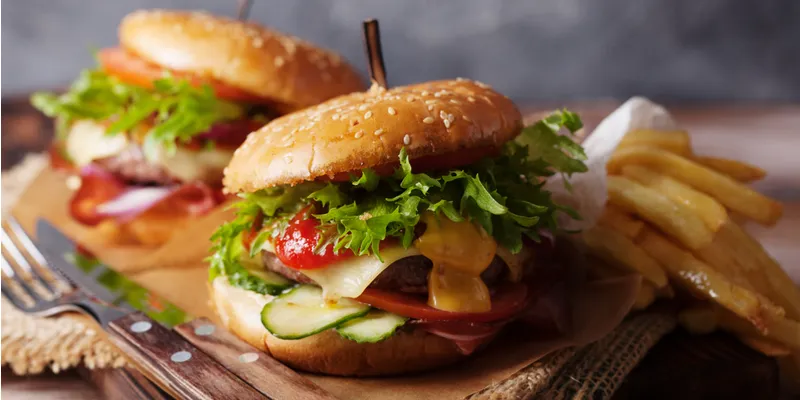Top five trends that will shape the fast-food restaurant industry this year
From ghost restaurants and online food delivery to hyperlocal marketing, the QSR (Quick Service Restaurants) trend is fast picking up and is now expanding to smaller cities to drive growth.

Evolving lifestyles, urbanisation, and growing nuclear families have long supported the upward trend of the restaurant market in India. The QSR’s (Quick Service Restaurants) and the casual dining restaurants together constitute over 74 percent of the market and are growing exponentially. The QSR industry has spearheaded restaurant trends such as expansion to small cities in India, and different formats such as dine-in, in-mall outlets, and drive-thrus, which has provided the customers an easy access to eating out.
Additionally, due to the growing exposure to the international cultures and lifestyles, Indians have started experimenting with food. They are developing their tastes for different cuisines, apart from traditional Indian cuisine. The last year witnessed the QSR industry growing at over 6 percent CAGR, and year 2019 seems even more promising. The following trends are expected to drive this growth and make 2019 a remarkable year for the industry.
Ghost restaurants
Ghost restaurants only deliver food and do not have a dining area, which makes their operations nimble and more sustainable. These are on the rise, and their numbers will continue to increase in 2019. Ghost restaurants offer a vast variety of cuisines, are quicker, and one can pick anything - from biriyani and burger to pasta. Online orders, food delivery, and take away food is going to take a huge bite out of the food industry’s revenue this year.
Food delivery apps
Food delivery applications have been a major success in the metros, and are gaining popularity in other cities as well. Students and working class, who don’t have enough time on their hand for a home cooked meal, make up the vast majority of users.
The popularity of food delivery services in tier-II and tier-III cities are on the rise as more and more people are opting to eat outside food in the comfort of their homes, instead of going out.
Better penetration in tier-II/III cities
Unlike the metro cities, where one can place an order regardless of their location, only users from select areas of tier-II and tier-III cities have been enjoying such services. Service providers are now preparing to roll-out food delivery services in more and more areas of tier-II and tier-III cities in order to grow their operations. Therefore, we can expect to see a much better penetration of food delivery services in these places in the coming months.
Pickup counters
There’s a growing demand for pickup and take away counters. Customers can pick up the food from the place they ordered online, or have a food delivery agent pick it up for them. Such options save a great deal of time for those who are in a hurry.
Hyperlocal marketing
Hyperlocal marketing also has a huge part to play in the QSR industry. A lot of restaurants want to know what the people prefer eating, as it helps them to gain more customers while reducing wastage of unordered food items.
Restaurants do not want to prepare items that people don’t like to eat. They want to serve what’s popular and trending. By gathering data on hyperlocal trends, restaurants will be able to create a menu where everything is ordered, and nothing is left out.
This will enable them to utilise their complete inventory and reduce the overall cost of business at the same time.
With rising GDP and disposable incomes, eating out isn’t a luxury anymore, but has become a part of the daily routine for most executives. 2019 is determined to become a year where the industry, at the least, expands its services to double the customers in India, and cater to the underserved, thereby leading the food industry with an exponential growth.
(Disclaimer: The views and opinions expressed in this article are those of the author and do not necessarily reflect the views of YourStory.)







